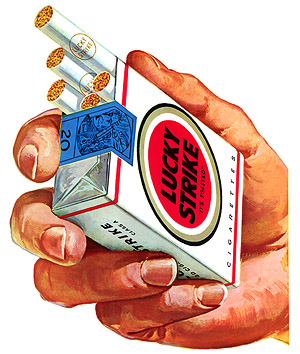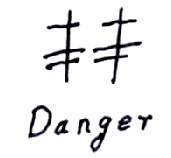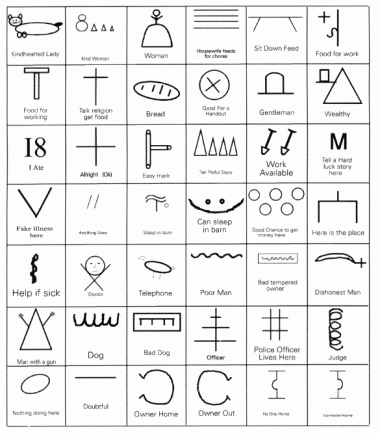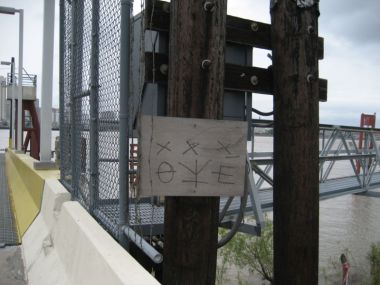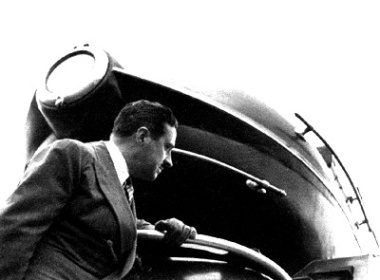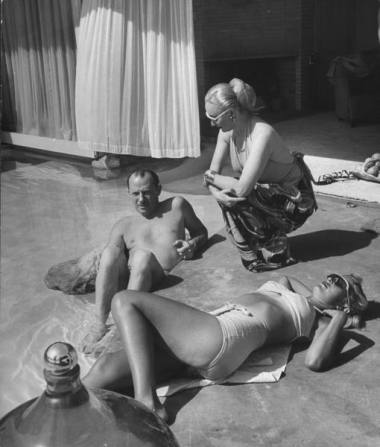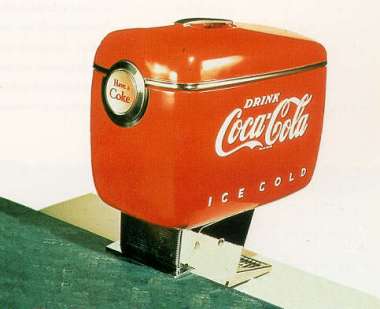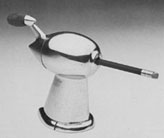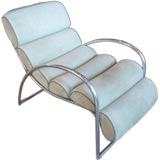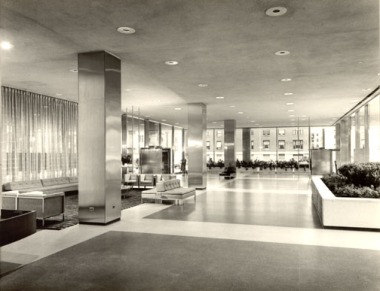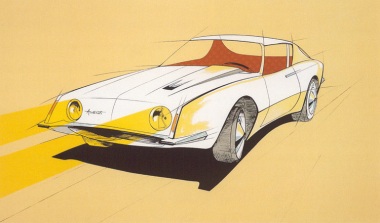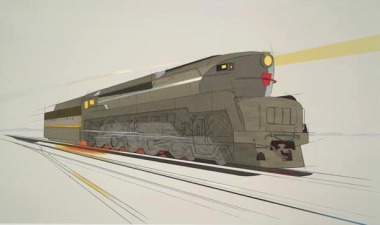I was recently reminded of The Glue Society, a commercial art collective of writers, directors and designers who’ve built a reputation over the past few years for interesting (albeit sensational) work. This is something they did for an exhibition in 2007. The images were displayed in light boxes on the floor so the viewer looked down on them. As art it’s clever advertising, but I still like it.
Archive for the 'Design & Advertising' Category
God’s-Eye View
03/14/2009Raymond Loewy
03/06/2009He designed locomotives for the Pennsylvania Railroad, cars for Studebaker and interiors for NASA space stations; he created logos for Lucky Strike, TWA, BP and Shell, packaging for Coke and products for Frigidaire; he did the interiors on the first Air France Concorde and redesigned Air Force One on the floor of the Oval Office with JFK. (After Kennedy was killed he designed the commemorative postage stamps with Jackie.) He was the first designer to make the cover of Time Magazine. He is The Man.
Raymond Loewy rode the modernist wave from the 20s until it spent itself out against the shore of the 70s. He was one of the first designers to take the modernists’ utilitarian ideas and apply them with scale and scope in the world of corporate America. Of arriving in the US from France he says “I was amazed at the chasm between the excellent quality of much American production and its gross appearance, clumsiness, bulk and noise. Could this be the leading nation in the world, the America of my dreams?” He set about improving things.
“Loewy keeps one eye on the imagination and one eye on the cash register.” – Charles Luckman, Lever Brothers
Funded by the largest companies in the world, the exploding post-war mass market became his playground, and through them he helped give the 20th Century a distinctive look – streamlined, shiny, confidently thrusting forward. He worked in an age in love with the thrill of speed and all his design looks like its meant to travel at 100mph.
He strikes me as such a He Man designer, of that generation that won the war and emerged with unquestioning faith in the goodness of engineering, confident that they were building a better world. I like his pragmatism and his guilt-free embrace of the market – he was a good modernist and a good capitalist; Bauhaus on the Hudson, released from the tyranny of the idealogues.
“Don’t bother about sociology and ideology. What you need is a good knowledge of engineering, paper, pencils, and a slide rule, common sense, and a respect for the arts of the past. And an ability to cooperate.” – Raymond Loewy
I don’t think designers have the luxury of not taking a stand these days. Which makes Loewy’s body of work all the more meaningful to me. His designs speak to a less complicated time when Modern was modern and the mass market was new, before all our short-sighted choices began biting us on the arse. His works makes me nostalgic for the last golden age of ignorance.
